Hampton hump
Updates to Article Attributes
Hampton's hump refers to a dome-shaped, pleurally-based opacification in the lung due to pulmonary embolism and lung infarction. While a pulmonary artery embolism is expected to result in a wedge-shaped infarction, the expected apex of this infarction may be spared because of bronchial arterial circulation in this part, resulting in the characteristic rounded appearance of a Hampton's hump.
Opacification occurs secondary to haemorrhage due to the dual blood supply from the bronchial arteries 1 (see lung Infarction). In case of infarction it takes months to resolve and it often leaves a linear scar.
If the underlying parenchyma doesn't undergo infarction, the Hampton's hump will resolve within a week by keeping it's typical configuration. This is referred to as the melting sign because its resolution resembles a melting ice cube 2.
Etymology
It was originally described in 1940 by Aubrey Otis Hampton - American radiologist.





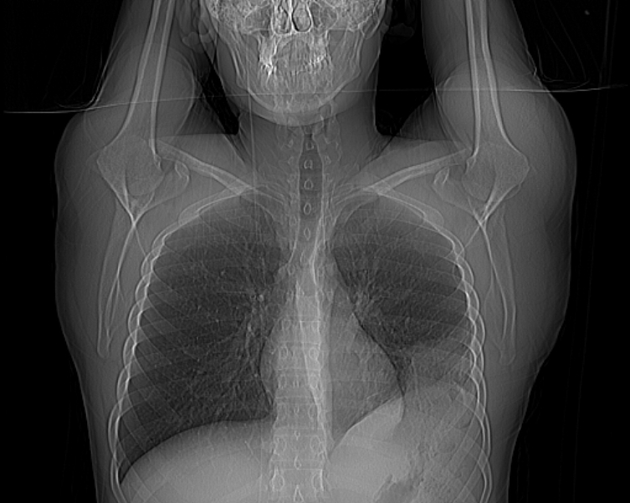
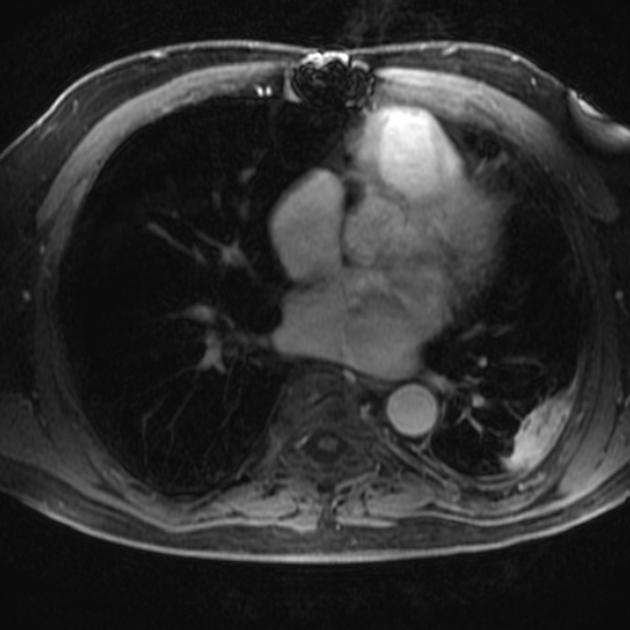
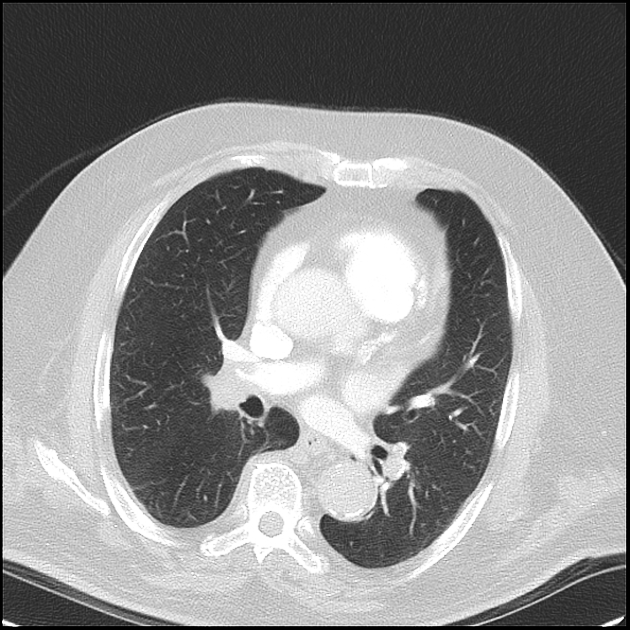
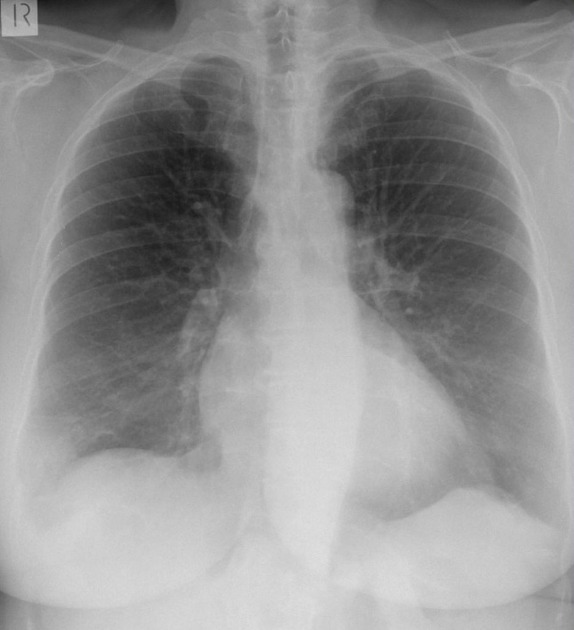
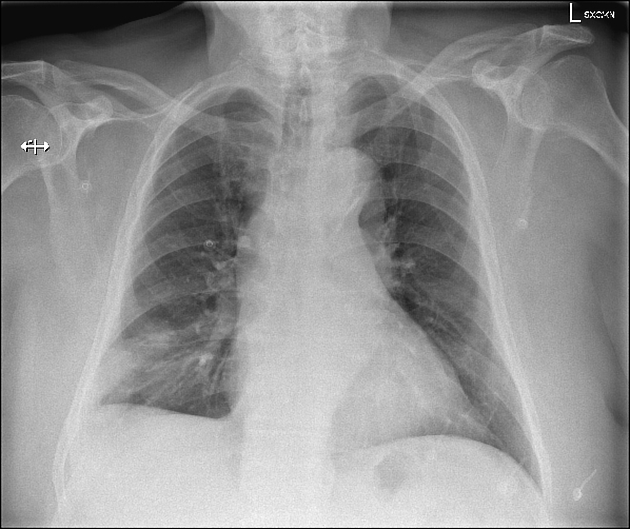
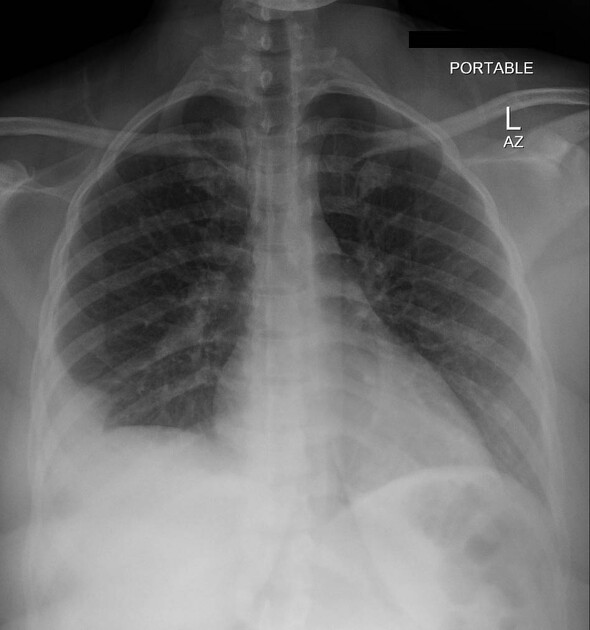


 Unable to process the form. Check for errors and try again.
Unable to process the form. Check for errors and try again.